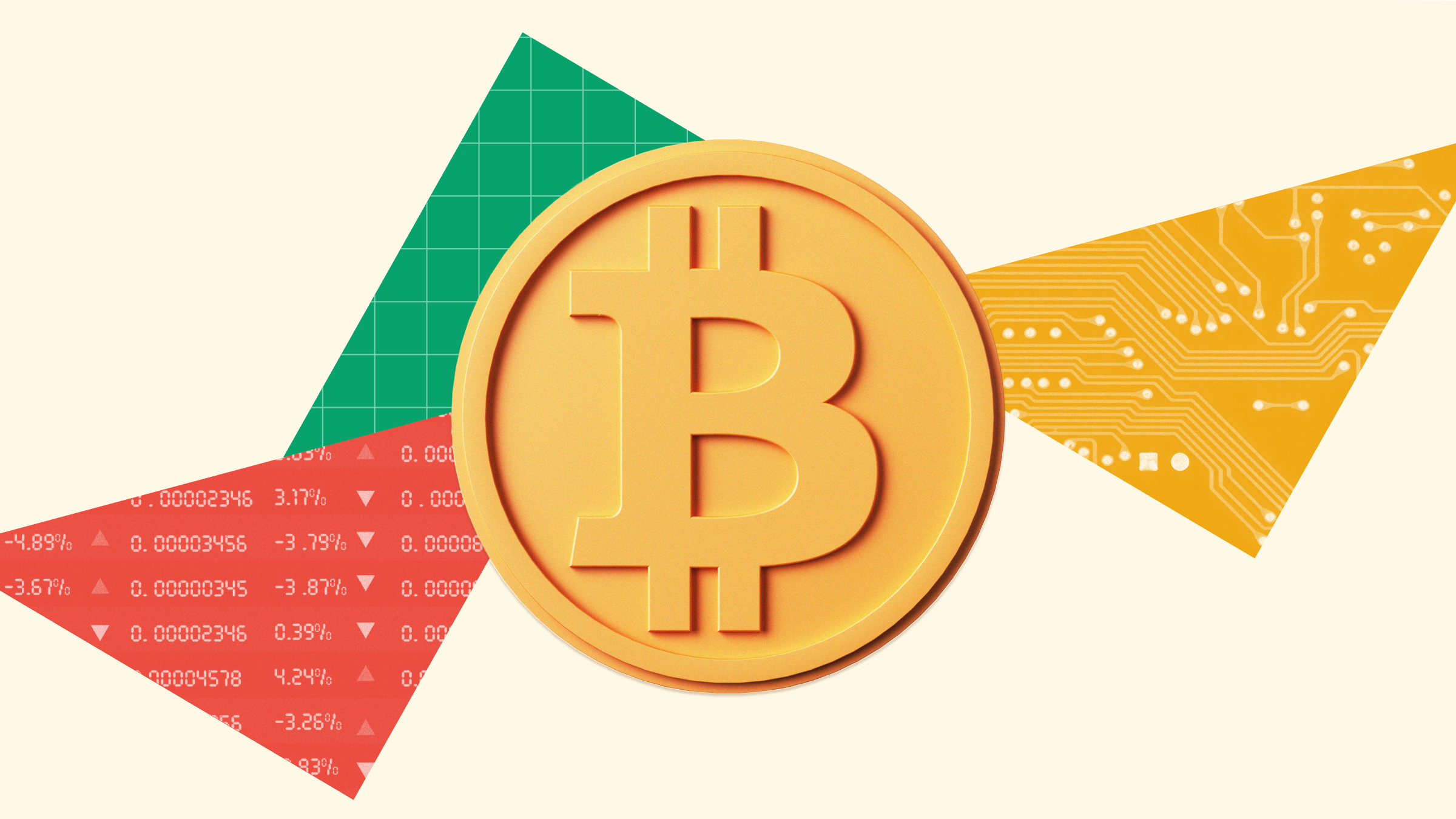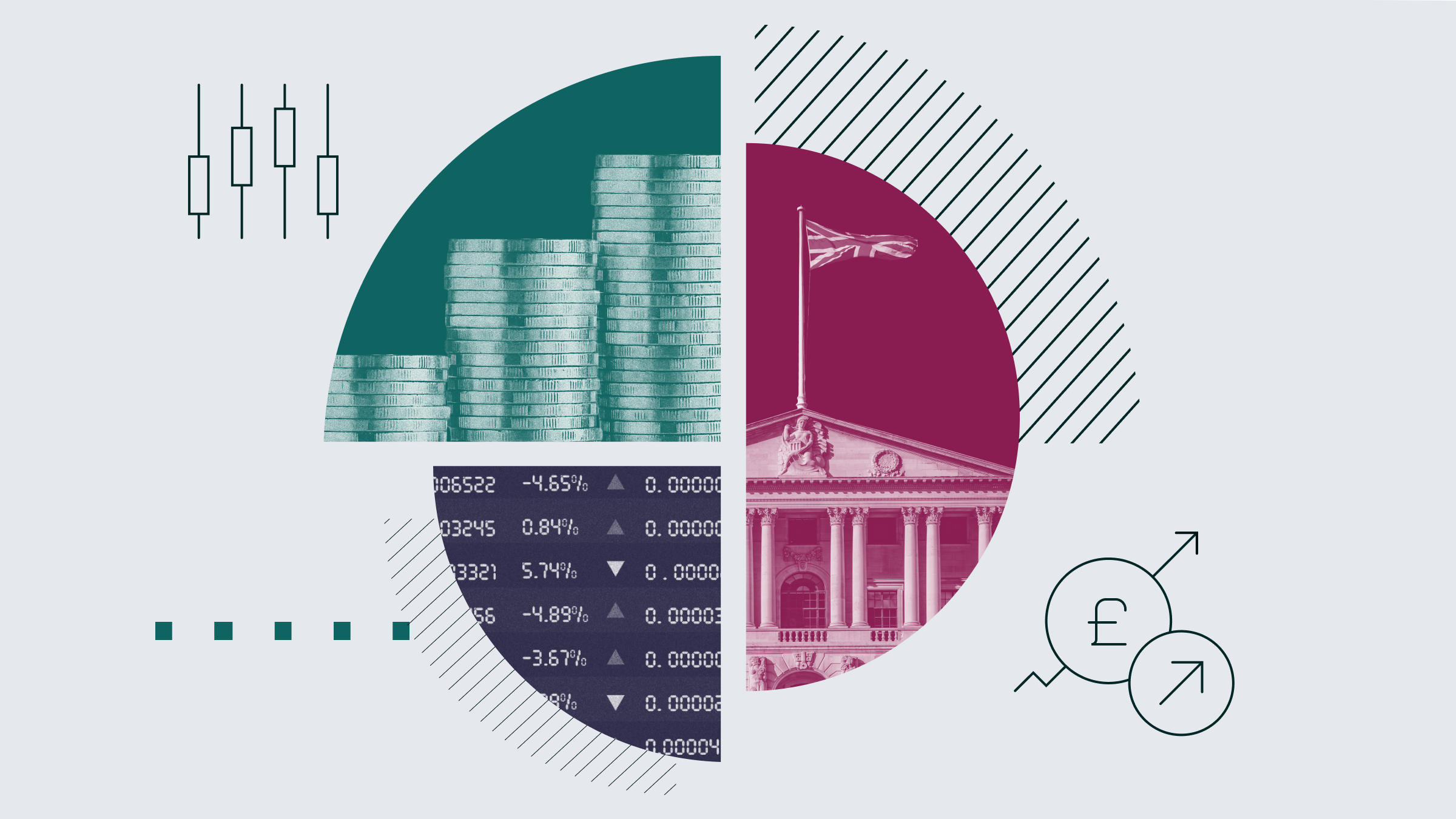In our most recent article, Could the Flood Into GEMs Submerge Investors?, we highlighted the popularity of emerging markets amongst investors this year. The nearly EUR 4 billion that has flowed into the category through the end of the third-quarter has been rewarded with solid returns, as the MSCI EM index has outperformed the developed market's MSCI World index by more than 850 basis points. But if we accept the conclusion from the previous article that future returns from the traditional emerging markets may not match the strong performance of the recent past, what other developing economies might investors look towards in hopes of further reducing portfolio volatility and potentially increasing returns?
The Final Frontier
While there is no standard definition of which countries can be considered to be 'frontier' markets, there are several general points of agreement. Frontier markets tend to be smaller, less well-developed, and have capital markets that are not easily accessible to foreign investors. These sorts of criteria exclude them from being included in the more widely tracked emerging markets benchmarks. For the purpose of this article, we will consider developing economies that aren't included in the MSCI Emerging Markets index to be 'frontier' markets, highlighting ETFs that can expand an investor’s exposure beyond the 21 countries represented in the MSCI index.
Naturally, these types of markets will be individually riskier than large, developed markets, or even more established emerging markets. There will be political risks, as many of these countries have less stable governments; macroeconomic risk, as these economies may be highly dependent on one sector or industry; and corporate governance risk, as many of the companies included in these indices have large controlling shareholders which may have little incentive to run these firms in the interests of maximising shareholder value. Of course, assuming greater risk can potentially generate greater returns. (For more on frontier markets, read The Peril and Promise of Frontier Markets.)
Diversified Frontier ETFs
Providing exposure to 13 different countries (including Kuwait, Kazakhstan and Colombia), the db x-trackers S&P Select Frontier ETF (XFSD) closely follows the traditional definition of 'frontier' markets. The index includes 40 different companies, and is fairly well-balanced from a geographic perspective with 38% exposure to the Middle East, 24% to Central Asia, another 24% to Latin America, and the remainder scattered in Eastern Europe, Asia, and Africa. The swap-based ETF charges a total expense ratio (TER) of 0.95% and is listed on the London Stock Exchange, the Deutsche Börse, the Borsa Italiana, and the SIX Swiss Exchange.
The EasyETF Next 11 Emerging Markets ETF (E11) fills in the gap between the 'frontier' exposure provided by the db x-trackers ETF and the multiple BRIC ETFs on offer. However, the name is deceiving, as there are currently shares of companies from only 7 countries included among the index’s constituents. Mexico, South Korea, Indonesia, and Turkey are all weighted between 19-20%, with the remaining countries consisting of Egypt, Philippines, and Vietnam (Bangladesh, Iran, Nigeria, and Pakistan are the other members of the Next 11). The swap-based ETF has a TER of 0.85% and is listed on Euronext Paris. There is very little overlap between the holdings of the db x-trackers S&P Select Frontier ETF and the EasyETF Next 11 Emerging Markets ETF, with the only country exposure they share in common being Vietnam.

Regional ETFs
Eastern Europe ex-Russia There are a number of ETFs which offer exposure to Eastern European equity markets that exclude Russian equities. The triumvirate of Poland, the Czech Republic, and Hungary tend to dominate the relevant indices. However, in the case of the NTX index, Austrian equities are featured prominently.

Pan-Africa There is one ETF which offers pan-African exposure. The Lyxor Pan Africa ETF (PAF) tracks the performance of the S&P Pan Africa total return index, a basket of 30 stocks from 11 countries. The energy, industrial materials, telecommunications and financial services sectors make up more than 95% of the index's value. The fund has more than EUR 120 million in assets and a TER of 0.85% and is listed on the Borsa Italiana and Euronext Paris.
Other Emerging Market ETFs
In part, the return potential within the emerging markets is rooted in the favourable demographics of the region. While Western Europe and Japan are rapidly aging, many emerging market nations have a young and rapidly growing labour force which allows businesses to expand at a reasonable expense, and which in turn fuels a burgeoning middle class, ready to purchase new cars and appliances. Investors may look to tap more directly into the return potential from equities which will benefit from the increased purchasing power of the budding consumers in the developing world with ETFs targeting firms that are focused on their own domestic economies.
Infrastructure Dominated by utilities, industrial and business services firms, the iShares S&P Emerging Market Infrastructure ETF (IEMI) is a solid bet for exposure to the domestic demand from growing emerging markets. However, be aware that Brazilian and Chinese companies make up more than 60% of the total value of the underlying index. This is a physically-replicated ETF, with a TER of 0.74%, and listed on the London Stock Exchange, Deutsche Börse, Euronext Amsterdam, and Borsa Italiana.
Small-Cap The iShares MSCI Emerging Markets Small-Cap ETF (IEMS) tracks the performance of smaller, more locally-focused firms that will benefit most from rising consumer and business spending within the developing world. However, because it follows the MSCI emerging markets classification, companies from Hong Kong, Taiwan and South Korea figure prominently, comprising 38% of the index. Companies from the BRIC nations represent an additional 29%. This is a physically-replicated ETF, with a TER of 0.74%, and it is listed on the London Stock Exchange and Deutsche Börse.























